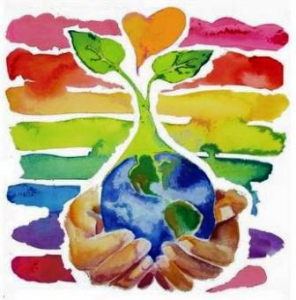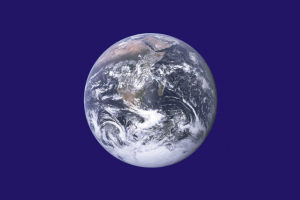America’s national forests, wildlife refuges, parks, and public lands are part of our national identity. That our public lands should be open to everyone to experience and enjoy is one of our nation’s proudest and most sacred traditions.
But this powerful American idea—defended by generations of bipartisan leaders—is under attack. In 11 western states (Alaska, Arizona, Colorado, New Mexico, Montana, Washington, Idaho, Nevada, Oregon, Utah, and Wyoming), a coalition of special interest groups is lobbying state governments to seize America’s public lands so they can be privatized or auctioned for drilling, mining, and logging.
More recently, the idea of state take-over of our national lands has spread to Congress. In late March, the Senate approved a budget amendment (S.A. 838) that would facilitate the transfer or sale of national forests, wilderness areas and wildlife refuges to states. Also, a budget resolution in the House of Representatives (p. 119) expresses support for this idea: “The budget resolution supports reducing the Federal estate, and giving States and localities more control over the resources within their boundaries. This will lead to increased resource production and allow States and localities to take advantage of the benefits of increased economic activity.”
Both the Senate amendment and the House resolution speak to a broader agenda in this Congress to suppress Americans’ rights to access and enjoy the lands that belong to all of us—whether we live in Maine, Montana, or Mississippi.
This radical notion of locking up public lands—including forest lands and Bureau of Land Management lands where Americans love to hike, camp, hunt and fish—would reduce the freedom to access these lands for all of us, including our children and grandchildren. Ultimately, this effort could sacrifice our most treasured parks, wilderness, and national monuments, we may find ‘no trespassing’ signs and barricades instead of open trails and scenic views.
Sign the petition: Keep public lands in public hands.
The costs of public land seizures
- Loss of recreational access to all Americans: Once lands are seized by states, they may be sold off to private interests to develop for oil and gas, mining or other development. Americans from all states could lose the ability to hike, camp, fish or hunt in some of their favorite wild places.
- Potential development of prized wildlands: To pay the costs of upkeep, fighting wildfires and balancing their budgets, state governments would have to raise taxes or sell off iconic national treasures to the highest bidder—meaning they become privatized and access to these once-shared lands will no longer exist.
- Burdens for state taxpayers: Forcing Western states to bear the costs of managing America’s national forests, parks, and public lands would place an extreme financial burden on Western taxpayers.
- Potential damage to other state programs: Critical services like K-12 education or law enforcement would suffer cutbacks to help pay for the new fiscal burden of managing millions of acres of public lands on state coffers.
We’ve seen this idea before, in the “sagebrush rebellions” of the 1970s and 1980s. It was a bad idea then and it’s still a bad idea today. Proponents of public lands seizures are conveniently silent on how they would pay for the costs of managing these national treasures, but the impacts of these proposals are clear and devastating for every American household.
The value of public lands to all Americans
At The Wilderness Society, we know that the American people reject these proposals. They are appalled by these types of attacks on nationally-treasured lands.
Americans overwhelmingly recognize the value of our shared parks, forests, and wild spaces for recreation, wildlife habitat, scenic wonder, hunting and fishing opportunities, the clean water they provide to millions of households, and for their economic importance to nearby gateway communities.
Quality of life is directly connected to access to public lands in the West. During the last four decades western non-metro counties with more than 30 percent protected public land increased jobs four times faster than non-metro counties with no protected public lands.
These lands are your lands
A September 2014 poll found that 72 percent of voters said they consider public lands to be “American places that belong to everyone in our country” vs. places that belong more to residents of the states where those lands are found. A similar poll conducted in February by Colorado College found similar results: by more than 2:1, voters in 6 of the interior western states agree that public lands belong to all Americans, not just residents of a particular state.
We want you to be informed, whether you live in Alaska or Arkansas, Wisconsin or Wyoming. You own these lands. They have been set aside for you and your family—to experience freedom, find respite in nature, learn about our history, and pass these wonders on to future generations of Americans. Let’s not allow short-sighted special interests steal that legacy from all of us, or from our children and grandchildren.


